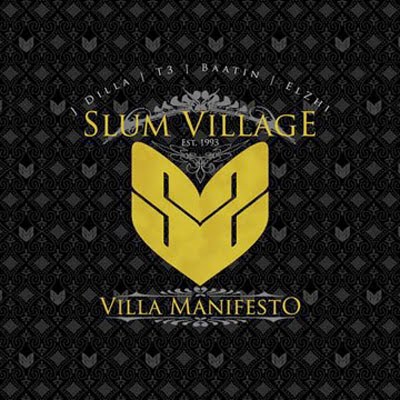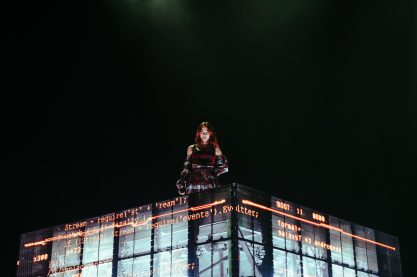Music
Review: Slum Village-Villa Manifesto

Unlike most reviewers of Slum Village’s latest album Villa Manifesto, I don’t have any previous Slum Village experience. I jumped on the J-Dilla bandwagon posthumously in mid 2006 with the purchase of Donuts, which immediately hooked me and caused me to work my way back in time through J-Dilla’s earlier work. I am having a very similar experience with Slum Village thanks to Villa Manifesto. Villa Manifesto is Slum Village’s first full-length release since 2005 and their first CD with all four members featured on it (J-Dilla, Elzhi, T3, and Baatin), so it isn’t surprising that Villa was released to high-expectations and hype. Sadly, it also re-hashes the groups tragic past, which includes the previously mentioned death of group-centerpiece J-Dilla in 2006, as well as the passing of Baatin in 2009. Couple those unfortunate departures with the previous coming and going of group members, the changing of record labels, and it’s surprising that T3 was able to put Villa Manifesto together in a way that makes it such a collaborative and outstanding album. Due to this air of unpredictability that surrounds the Detroit-based group Villa Manifesto is seen by many as the capstone work of Slum Village, and if that is the case, it doesn’t disappoint.
[youtube vgTqRVRw_s4 nolink]
Villla Manifesto is 13 tracks of both hard-hitting and slick production work, and lyricism that ranges from Elzhi’s nimble word play to J-Dilla’s no-nonsense flow. Despite the variance, the production-driven Villa Manifesto is a very coherent album that does not have a weak track on the roster. “Bare Witness” starts the album off running, and it doesn’t slow down from there. One standout is “Earl Flinn” which is produced by Young RJ, who has a total of seven tracks to his name on Villa Manifesto. “Earl Flinn” is distinguished by RJ’s kazoo-centric and lo-fi beat, which is joined by equally spartan rhymes. RJ somehow uses an instrument that is mainly relegated to the use of kindergarteners, and crafts a track that is unique and impossible to skip over. Other tracks that are sure to catch the eyes of many are “Where Do We Go From Here,” which features Little Brother, “Dance,” and the revealing “The Reunion pt. 2.”
I can’t speak for the seasoned Slum Village fans, but for new ears Villa Manifesto provides a refreshing variety of rap that intrigues as well as entertains. It is a highly accessible Slum Village album that introduces the listener to all four members of the group, and is full of great music that only piques the interest in Slum Village’s past work with its unique production and punctuated lyrics. As of right now the status of a next album is currently unknown. Hopefully there is still enough unearthed Dilla and Baatin material, enough support from the fans, and enough drive for T3 and Elzhi to put together another full-fledged SV album that builds on the successes of Villa Manifesto.




